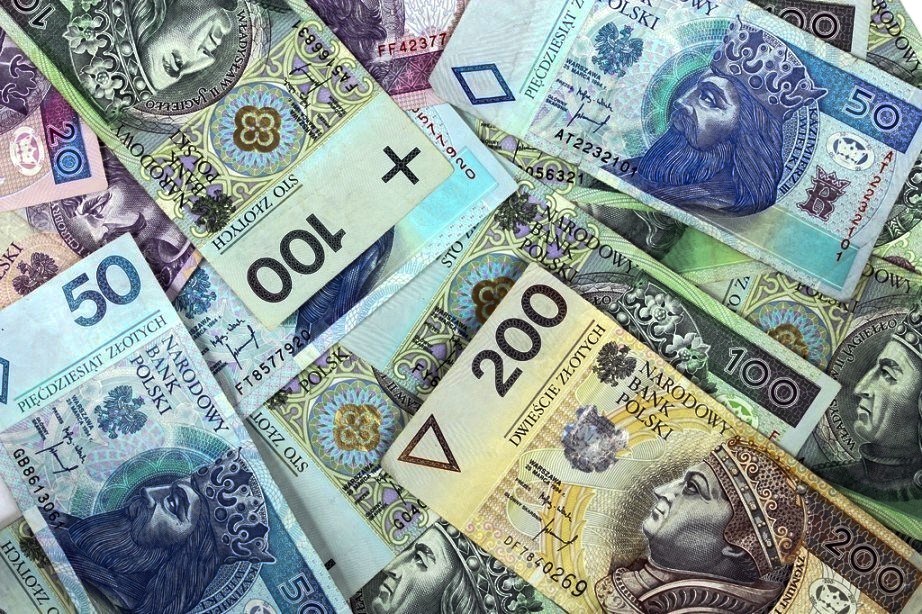In Poland, a landmark increase in the minimum wage is set for January 2024. This hike represents an 18 percent rise, the second-largest in more than 20 years, placing Poland among the top in Europe for minimum wage rates. However, questions are now arising about potential impacts on unemployment and the informal economy.
The minimum wage in Poland, when compared to other European countries, prompts the question: Will this increase lead to higher unemployment? The minimum wage is set by politicians, not the free market, which means it often does not align with the economy’s growth pace, including employee productivity. This discrepancy can disrupt the labor market and other economic processes, and artificially increase inflation, such as when producers must raise their product prices due to higher production costs.
By the New Year, following a decision by Mateusz Morawiecki’s government in September, the minimum wage will increase by 17.8 percent, from the current 3,600 zlotys (approximately €831) to 4,242 zlotys (about €980).
The hourly minimum wage will also rise from 23.50 zlotys (about €5.43) to 27.70 zlotys (about €6.40). A second adjustment is expected on July 1, when the minimum wage will reach 4,300 zlotys (about €993) and 28.10 zlotys per hour (about €6.49).
This 17.8 percent increase is the most significant since 2008 when the benefit was legally raised by over 20 percent.
Kamil Sobolewski, chief economist at the Employers of Poland association, notes that Poland will leapfrog Portugal, Lithuania, Malta, Cyprus, and Greece in the European minimum wage ranking, becoming the ninth highest in Europe, trailing only behind countries such as Germany, France, the Benelux nations, Spain, and Slovenia.
Furthermore, relative to the average wage, Poland’s minimum wage will likely be the second highest in Europe, after Greece, reaching about 55 percent.
For context, the last significant rise in the minimum wage relative to the average took 10 years: From 2007 to 2016, the minimum wage increased from about 33 to around 43 percent of the average. Since then, it has fluctuated between 42 and 45 percent of the average, reaching nearly 43 percent again in 2022, Sobolewski stated.
He said he believes that the small gap between the minimum and average wages mainly threatens small firms with low added value, lower profits, and employees with low qualifications. For them, the minimum wage increase means not just higher employee costs, but also increased social security contributions for the business owner.
Will the minimum wage hike lead to increased unemployment? In theory, raising the minimum wage aims to improve the situation for the lowest earners. However, it can sometimes backfire — businesses unable to afford higher wages may eliminate jobs, affecting both the lowest earners and those on higher pay scales expecting a pay raise. Consequently, legislative burdens on employers might lead to increased unemployment.
Economists, however, assess that the Polish economy is currently on an upward trajectory, and the labor market favors the employee, as employers are the ones competing for workers, not the other way around.





